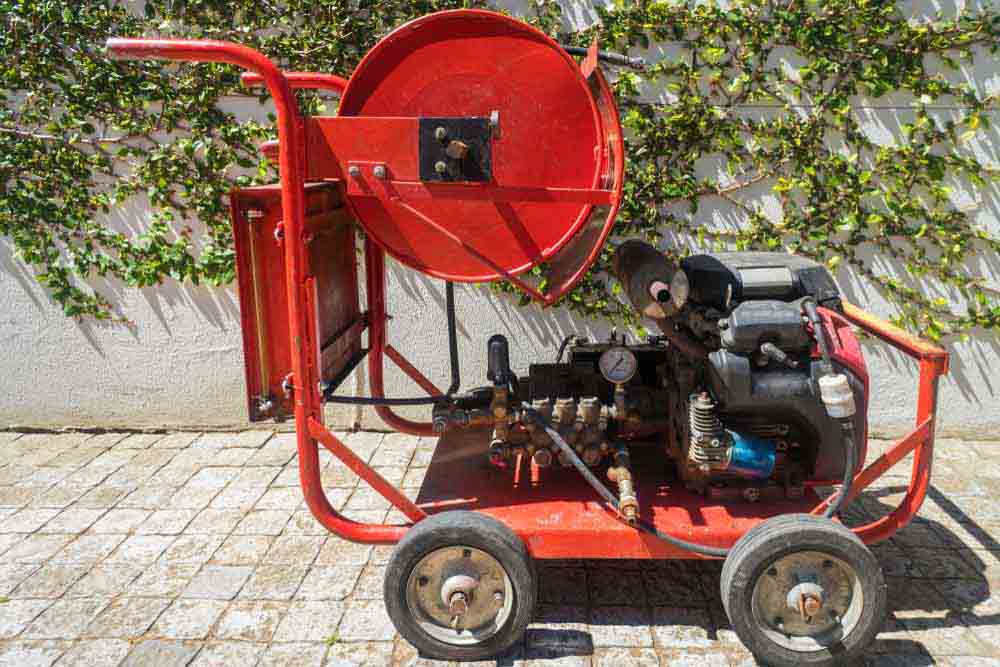
Hydro jetting is one of the most effective methods for clearing pipes, but many property owners wonder how much pressure is safe. The power of water, measured in pounds per square inch (PSI), is what makes the process work, yet it can also raise questions about potential risks. C. Lee Services provides advanced solutions for drain cleaning in Cleveland, OH, and we’ll explain the right pressure levels as an important part of protecting plumbing systems.
What Pressure Levels Are Used in Hydro Jetting?
Most hydro jetting machines operate between 1,500 and 4,000 PSI. This range allows technicians to target grease, mineral deposits, and intrusive roots without harming most residential or commercial plumbing systems. Choosing the right level depends on the material of the pipe and the type of blockage being addressed. For example, older clay pipes may require lower pressure than modern PVC lines.
When Does PSI Become Too Much?
Pressure becomes excessive when it risks damaging the pipe instead of cleaning it. Water blasting at 5,000 PSI or higher can wear down weakened or aging pipes. Professional assessment is critical before starting hydro jetting, since each system has different age, condition, and material factors. Overuse of high pressure could cause cracks or leaks that lead to more costly repairs.
How Do Professionals Control PSI During Service?
Experienced technicians use specialized nozzles and adjustable equipment to control water pressure. By setting the PSI to match the pipe condition and blockage type, they maintain both safety and effectiveness. Regular inspections with video cameras are often performed before starting the process, helping identify whether a clogged drain can handle higher pressure or requires a more cautious approach.
Why PSI Matters for Safe and Effective Results
Hydro jetting provides long-lasting results because water pressure scrubs the entire pipe diameter, not only the area of the clog. Still, too much force applied to fragile piping can shorten the lifespan of the system. This balance between thorough cleaning and pipe protection is why working with a qualified drain cleaning company is essential. Proper maintenance of wastewater systems helps reduce emergency repairs and health risks, and hydro jetting fits into that preventive care when performed correctly.
FAQs
Q: Does hydro jetting remove tree roots?
A: Yes, hydro jetting can cut through and flush out small tree roots that invade pipes. However, in cases of heavy root intrusion, additional repair methods may be needed.
Q: Is hydro jetting safe for older plumbing systems?
A: It depends on the pipe’s condition. Older or brittle pipes may require lower PSI levels or alternative cleaning methods. A video inspection helps determine the safest approach.
Q: How often should hydro jetting be done?
A: Most homes and businesses benefit from hydro jetting every 18 to 24 months, though high-use commercial kitchens may require service more often due to grease buildup.
Q: Is hydro jetting better than snaking for all clogs?
A: Not always. Snaking can clear simple blockages, but hydro jetting is more effective for heavy buildup or when multiple sections of pipe are affected.
When it comes to drain cleaning services, from preventive care to emergency support, C. Lee Services is the local team you can always count on. Our licensed and insured professionals are knowledgeable and committed to your satisfaction. Call us today to get started.









